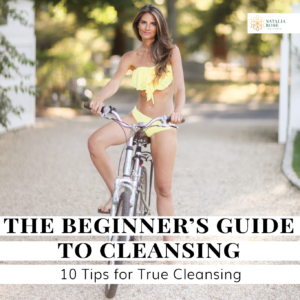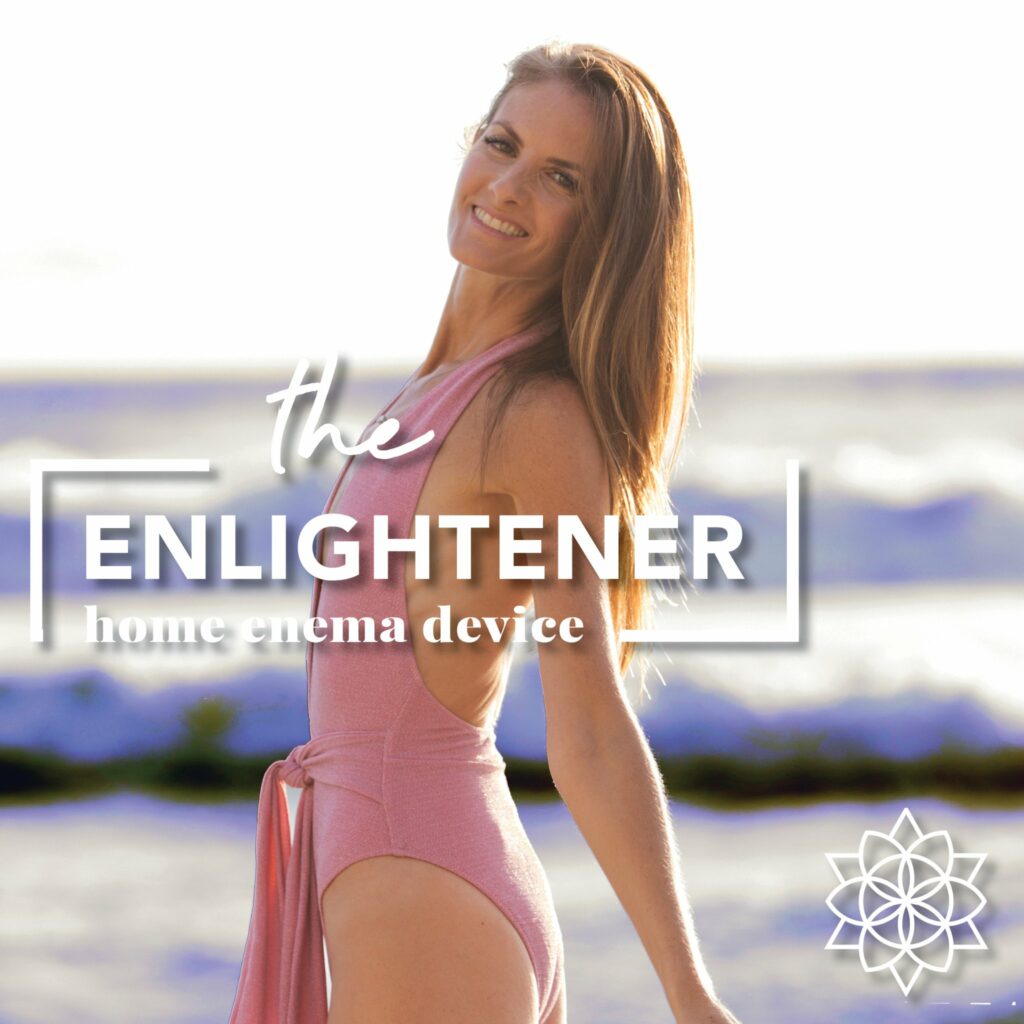Well, well, well, it’s finally happened—the truth about the carcinogenic effects of sunscreen has finally reached the headlines. The facts about cellular destruction by way of sunscreen have not only been, at long last, officially documented and researched per the nation’s standards of credible news, but they are far more dire than most people ever guessed. You can read all about it below.
But I find it sad that it takes an “official” report to wake everyone up to such an obvious affront to our blood chemistry and cellular health. The general public had to wait for ten years after the initial scientific study for enough evidence to warn us of the damage sunscreens cause. People are always waiting for the authorities to tell them what to do or what not to do, failing to consider the obvious: When you put chemicals on your skin, they will penetrate and enter the bloodstream! The sun’s rays will cause mutations of these chemicals, making them even more harmful! An antioxidant does not have the same effect on cells when synthesized and internalized inorganically!
All it takes to see the truth is a little attention to what we know of organisms and synthetic chemicals. Otherwise, why spend twenty years in school? Why even bother with biology if we don’t apply the laws of life to our own bodies and the life around us? Intuition, reflection, and common sense are all well within our reach. We don’t need research studies to direct our next moves. Besides, the research always comes too late. Remember thalidomide?
I’ve said it before, and I’ll say it again: The sun is the most powerful cleanser and regenerator of all life—yes, including human life—on our planet. It is our ally, not our enemy! Humans, however, are not clean enough for the sun, and our relationship with the sun is counterintuitive. We live indoors all year and consume rubbish, and then go on vacations, spending hours on end in the midday sun, which magnetizes the body’s acidity to the surface as we sweat out the toxins between beers and sodas. Skin cancer is the sun magnetizing poisons from deep in the body to the surface. This is the sun’s attempt to heal the body, or at least to reveal internal sickness that would otherwise remain hidden. In about ten years, the authorities will get around to publishing a report on this.
Do you want to frolic in the sun? Of course you do, but do it with respect for yourself and for the sun. Cleanse internally, so that the sun doesn’t magnetize all your impurities. And honor the power of the sun. Remember, hot-blooded animals do not sunbathe at the peak of the sun’s intensity.
The sun is our healer, our generator, our bliss, our light—indeed, the infuser of the most powerful electromagnetic current of life force energy into soil and cells! Our vilification of the sun is one of the most misguided perceptions of our time.
When people ask me what I use in the sun (because I love to bask in its healing rays whenever I can), I tell them I use either nothing at all or coconut oil. They look at me in horror. But I’ve become clean enough for the sun, and coconut oil does not mutate at high temperatures. It’s dreamy! Don’t try this yourself until you are sufficiently cleansed. You will know you are when the sun makes you feel and look better, not worse. In fact, I shun all products made with SPF. They just feel and smell so toxic to me.
When my kids’ camp counselors tell them it’s time to lather up with sunscreen, my kids are the only ones who say they don’t wear sunscreen. As a family, we travel all around the world chasing the sun when we can escape our day-to-day lives in the Big Apple. My kids respect the power of the sun, and the sun honors the cleanliness of their cells. No one gets burned. Everyone has a blast!
Bottom line: don’t use sunscreen unless you are actually forced to be in the midday sun for long periods, in which case there are plenty of smart alternatives, such as sun-protecting T-shirts and natural sunscreens like those by Purple Prairie and Hara Sport, where the active ingredient is zinc oxide. (When I was a kid growing up on the beaches of Southern California, it was cool to apply strips of zinc oxide on the nose, under the eyes, and on the shoulders). Otherwise, in the mild hours of the sun, just keep your skin clean with a natural oil like coconut, avocado or jojoba if desired, and be aware of your skin’s relationship with the sun. For the face, I just wear a straw hat or cap after some gentle exposure.
Slathering on traditional sunscreen is akin to suffocating your cells and poisoning your blood. Time to let your skin breathe in all the life force it’s been thirsting for! Have a wonderful summer!
AN ADDENDUM: A reader recently wrote in saying, “. . . this one has me puzzled. The sun as you commented is not our enemy but our healer. But for those days when we need protection, because the sun is different now, what can we use to slow down the penetration of the rays. What products do you use especially for your children?”
I’d like to address this because it raises a core issue that is so important to confront honestly. The hard fact of the matter is, there is no way to avoid being bitten in the tush by the damage we have done to the natural world. We dissolve the ozone layer and then want to find a nice, neat solution so we don’t get hurt ourselves. We want our products and our cars, and yet we don’t want to be harmed by the ultraviolet rays. We cannot have it both ways. At some point, we have to accept the consequences of our actions—both individually and collectively. The ozone is continuing to thin, and no health plan under the sun can completely protect toxic bodies under such rays.
We are one interconnected, interdependent organism. No class of person can buy his or her way out of this. No amount of science can rebuild the ozone layer. We have to start from the bottom up by creating a viable world, and only then, eventually, will the ozone be able to rebuild itself like tissue regenerates itself in the body if allowed to heal. No one can escape the repercussions of our actions as a society. We like to think we’re independent, but we are all connected, feeling the collective pain that our way of life inflicts on the world, and depending on each other for our survival.
Something else to think about: As the soil deteriorates further, more and more trees (the few that are still living anyway) will become as diseased as we are. If we maintain this course, eventually there will be no trees, which of course means no oxygen. This is the endgame. “Checkmate,” says the life-deteriorating team.
The deep shift in consciousness needs to happen now, and it needs to happen swiftly. As I say to my kids when they are being silly at an inappropriate time, “I’m not interested in the nonsense. Just use your common sense and get the job done. You’re smart. Figure it out.” I know, poor kids. I’m pretty tough, but they are extremely resourceful for it. The fact is, when we have to be, we can all be pretty resourceful!
I leave you with this quote by the wonderful Jungian scholar, Robert A. Johnson (from his book, Balancing Heaven and Earth). This is one of the best expressions of how to think interdependently that I’ve ever read: “Each understands that nothing that causes another pain is worth the having; nothing that diminishes another is of any value; nothing that is won at the expense of another is workable; no happiness that causes another loss is worthy.”
Kowabunga, Natalia
Study: Many Sunscreens May Be Accelerating Cancer, Andrew Schneider Senior Public Health Correspondent
WASHINGTON (May 24) – Almost half of the 500 most popular sunscreen products may actually increase the speed at which malignant cells develop and spread skin cancer because they contain vitamin A or its derivatives, according to an evaluation of those products released today.
AOL News also has learned through documents and interviews that the Food and Drug Administration has known of the potential danger for as long as a decade without alerting the public, which the FDA denies.
The study was released with Memorial Day weekend approaching. Store shelves throughout the country are already crammed with tubes, jars, bottles and spray cans of sunscreen.
The white goop, creams and ointments might prevent sunburn. But don’t count on them to keep the ultraviolet light from destroying your skin cells and causing tumors and lesions, according to researchers at Environmental Working Group.
In their annual report to consumers on sunscreen, they say that only 39 of the 500 products they examined were considered safe and effective to use.
The report cites these problems with bogus sun protection factor (SPF) numbers: <br /> • The use of the hormone-disrupting chemical oxybenzone, which penetrates the skin and enters the bloodstream.<br /> • Overstated claims about performance.<br /> • The lack of needed regulations and oversight by the Food and Drug Administration.
But the most alarming disclosure in this year’s report is the finding that vitamin A and its derivatives, retinol and retinyl palmitate, may speed up the cancer that sunscreen is used to prevent.
Environmental Working Group
A dangerous additive
The industry includes vitamin A in its sunscreen formulations because it is an anti-oxidant that slows skin aging.
But the EWG researchers found the initial findings of an FDA study of vitamin A’s photocarcinogenic properties, meaning the possibility that it results in cancerous tumors when used on skin exposed to sunlight.
”In that yearlong study, tumors and lesions developed up to 21 percent faster in lab animals coated in a vitamin A-laced cream than animals treated with a vitamin-free cream,” the report said.
The conclusion came from EWG’s analysis of initial findings released last fall by the FDA and the National Toxicology Program, the federal government’s principle evaluator of substances that raise public health concerns.
EWG’s conclusions were subsequently scrutinized by outside toxicologists.
Based on the strength of the findings by FDA’s own scientists, many in the public health community say they can’t believe nor understand why the agency hasn’t already notified the public of the possible danger.
”There was enough evidence 10 years ago for FDA to caution consumers against the use of vitamin A in sunscreens,” Jane Houlihan, EWG’s senior vice president for research, told AOL News.
”FDA launched this one-year study, completed their research and now 10 years later, they say nothing about it, just silence.”
On Friday, the FDA said the allegations are not true.
”We have thoroughly checked and are not aware of any studies,” an FDA spokesperson told AOL News. She said she checked with bosses throughout the agency and found no one who knew of the vitamin A sunscreen research being done by or on behalf of the agency.
But documents from the FDA and the National Toxicology Program showed that the agency had done the research.
”Retinyl palmitate was selected by (FDA’s) Center for Food Safety and Applied Nutrition for photo-toxicity and photocarcinogenicity testing based on the increasingly widespread use of this compound in cosmetic retail products for use on sun-exposed skin,” said an October 2000 report by the National Toxicology Program.
FDA’s own website said the animal studies were done at its National Center for Toxicological Research in Jefferson, Ark. And it was scientists from the FDA center and National Toxicology Program who posted the study data last fall.
In a perfect world
The ideal sunscreen would completely block the UV rays that cause sunburn, immune suppression and damaging free radicals. It would remain effective on the skin for several hours and not form harmful ingredients when degraded by UV light, the report said.
National Cancer Institute Graph of melanoma of the skin rates from 1975 to 2006. APC stands for annual percent change and AAPC stands for average annual percent change.
But in the U.S., there is currently no sunscreen that meets all of these criteria. European countries have more chemical combinations to offer, but in the U.S. the major choice is between the “chemical” sunscreens, which have inferior stability, penetrate the skin and may disrupt the body’s hormone systems, and “mineral” sunscreens zinc and titanium dioxide.
Increasingly, as AOL News reported in March, the industry is using titanium dioxide that is made nanosized, which a growing number of researchers believe have serious health implications.
The sunscreen industry cringes when EWG releases its yearly report – this is its fourth. The industry charges that the advocacy group wants to do away with all sunscreen products, a claim that is not accurate.
The report’s researchers clearly say that an effective sunscreen prevents more damage than it causes, but it wants consumers to have accurate information on the limitations of what they buy and on the potentially harmful chemicals in some of those products.
EWG does warn consumers not to depend on any sunscreen for primary protection from the sun’s harmful ultraviolet rays. Hats, clothing and shade are still the most reliable sun protection available, they say.
Don’t count on the numbers
Some of us are old enough to remember when the idea of having a tan was good, a sign of health, when billboards and magazine ads featured the Coppertone girl showing off her tan when a puppy pulls down her bathing suit bottom.
Going for that tan, we coated our kids and ourselves with sun blockers with sun protection factors of 1 or 2. Some overly cautious parents might have smeared on a 4 during the hottest part of a day.
But we’ve learned of the dangers that come from exposure to the sun’s rays, especially ultraviolet A and B. So today, drugstore shelves are crammed with sunscreens boasting SPFs of 30, 45, 80 or even higher.
However, the new report says those numbers are often meaningless and dangerous because products with high SPF ratings sell a false sense of security, encouraging people using them to stay out in the sun longer.
”People don’t get the high SPF they pay for,” the report says. “People apply about a quarter of the recommended amount. So in everyday practice, a product labeled SPF 100 really performs like SPF 3.2, an SPF 30 rating equates to a 2.3 and an SPF 15 translates to 2.”
In 2007, the report says, the FDA published proposed regulations that would prohibit manufacturers from labeling sunscreens with an SPF higher than “SPF 50.” The agency wrote that higher values would be “inherently misleading,” given that “there is no assurance that the specific values themselves are in fact truthful.”
This is being widely ignored by the sunscreen makers who are heavily advertising their 80, 90 and 100 SPF products.
”Flouting FDA’s proposed regulation,” companies substantially increased their high-SPF offerings in 2010 with one in six brands now listing SPF values higher than 50. “Neutrogena and Banana Boat stand out among the offenders, with six and four products labeled as ‘SPF 100,’ respectively,” the new report says.
The full list of the best and worst sunscreens can be found on the EWG’s searchable database.



